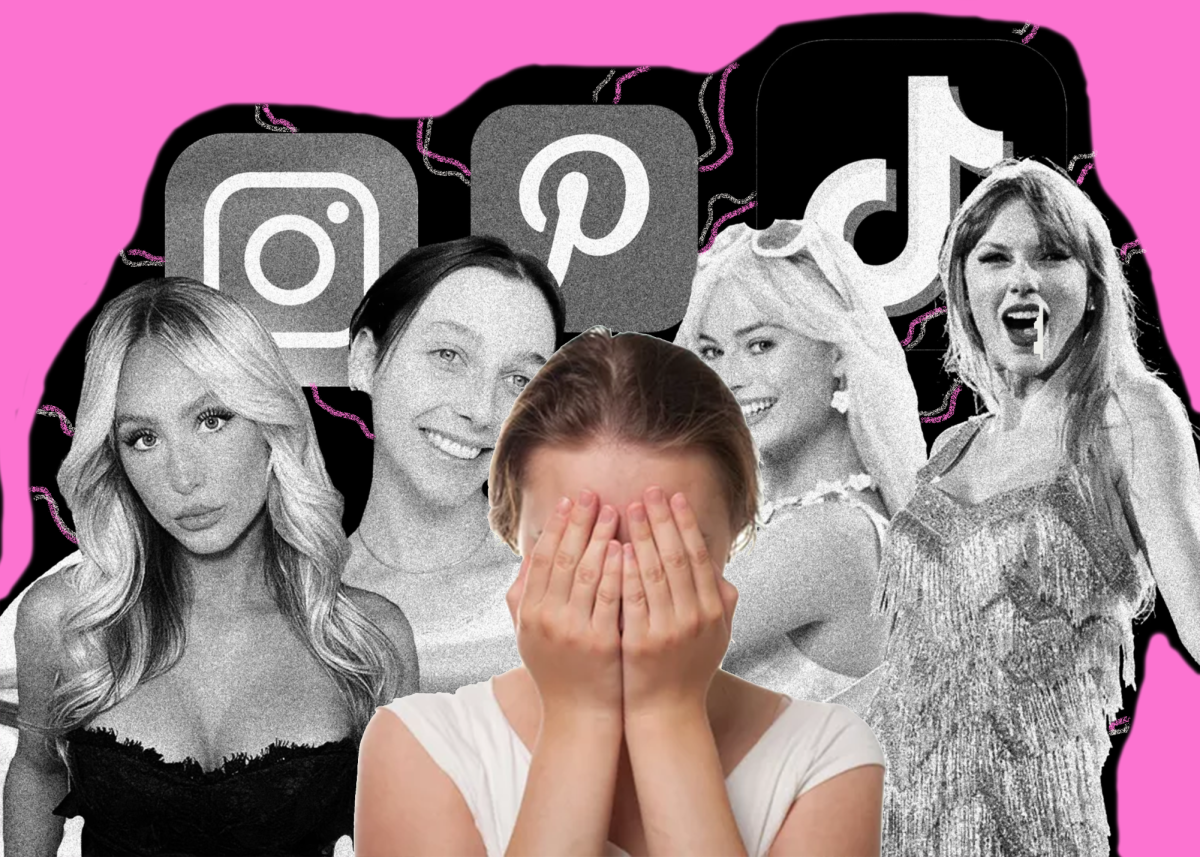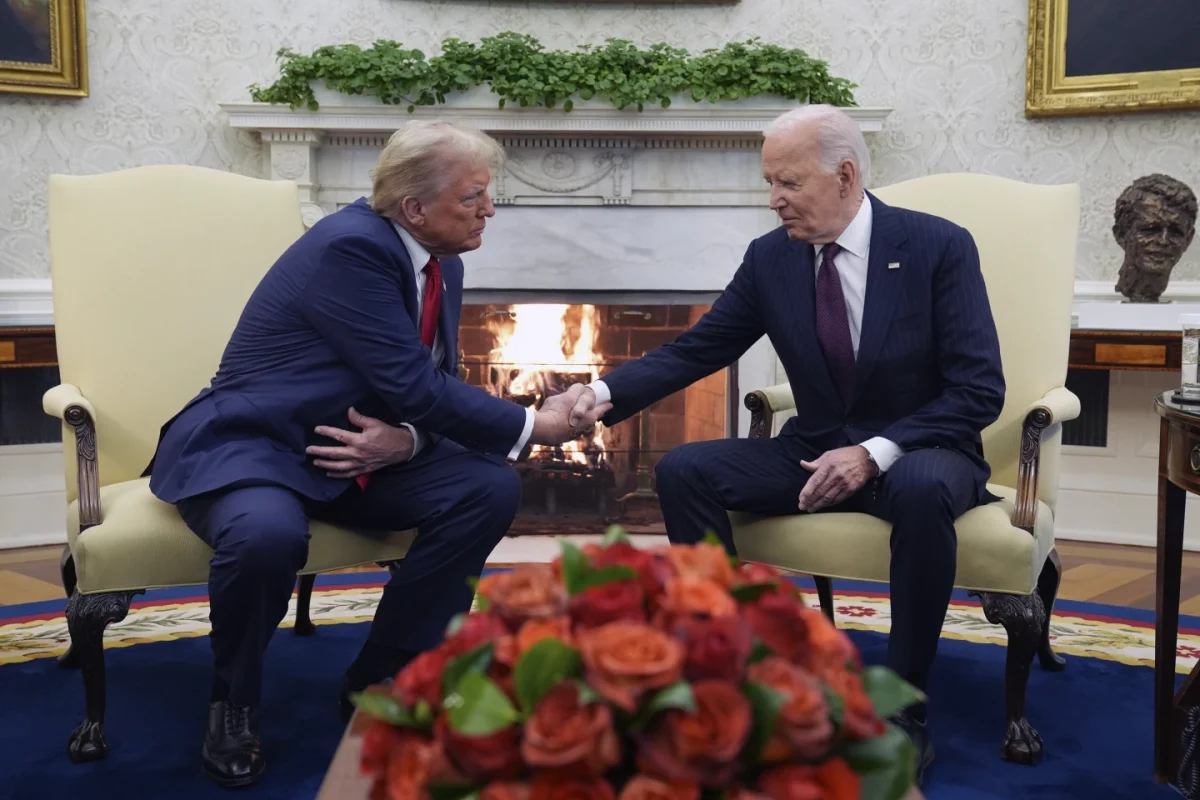There are a variety of artistic images which are so ubiquitously reproduced, reimagined and reconstituted that they form a vernacular of artistic recognition among the droves of Americans who otherwise know little about art. Pieces such as Vincent van Gogh’s “Starry Night,” Leonardo da Vinci’s “Mona Lisa,” Michelangelo’s David and Edvard Munich’s “The Scream” are such masterpieces, so frequently mass-produced in textbooks, clothing, paraphernalia and media that the imagery permeates collective understandings of art and subsequently comes to define it. That these images are encoded as pinnacles of art, masterpieces which stand for the whole swath of creative mediums, reflects a Eurocentric, patriarchal art establishment. Additionally, the process of enculturation which sees to the pervasiveness of these masterpieces too often fails to include the necessary political, cultural and biographical context in which the art is situated. As a result, the art is surmised to be mysterious and undecipherable. Without the advantage of a background in art history, the value of “Starry Night” is unclear, and the significance of “Mona Lisa” is unintelligibly comical.
The commonly vacuous understandings of these pieces lends a mysticism to the entirety of art. If art’s figureheads are apparently shrouded in misunderstanding, many will be disinclined to pursue the intersubjective dialogues and cultural criticisms art offers.
Seemingly, the intense mass-reproduction of a small selection of masterpieces decontextualizes art from the language and context which enables artistic engagement; however, imagery, given the nature of its medium, seems doomed to this sort of dissociative propagation. Tote bags, coffee mugs, textbooks and posters will never cease reproducing famous artworks and probably will never begin a practice of accompanying such reproductions with context or language about the art at hand.
Insofar as an engagement with art requires a certain vocabulary or knowledge of art history — which many would justly argue it does not — those enculturated to associate the word “art” with the word “Picasso” will be left without an understanding of what the two words have to do with each other or why one became synonymous with the other.
Such a phenomenon of artistic decontextualization reinforces the “what does it mean” framework of artistic examination which many instinctually employ in art galleries. Asking such a question of a painting all to often results in a defeated “I don’t get it.”
Art is not a puzzle to be solved, nor are there rigidly coded guidelines for what makes some art worth wall-space in the Louvre and some art worth wall-space at a local coffee shop. However, experience with artistic modes of thought can advantage a museum-goer and enrich their experience. Knowing that a response as simple as “the first thing I think of is the whirls on a fingerprint” is a strong engagement with van Gogh’s “Starry Night” enables a museum goer to personally experience art in a self-validating way. From such an observation, context such as “post-impressionism” and biographic detail can inform a more detailed analysis of the works context in the narrative of art history and the significance of its fame.
The ahistorical, decontextualized mass-reproductions of certain artworks that ubiquitizes European masterpieces likewise obscures the qualities which make art meaningful and undermines one’s capacity to construct a meaningful dialogue about the experience of viewing art.
Perhaps expanding — rather than diminishing — funding for the arts in early education would enable students to create informed, personal connections to the likes of van Gogh and da Vinci and allow people to extend their growing art vocabulary to other pieces.
Dampening the obsessive reproduction of some ubiquitous masterworks might not be feasable, but at least including context or critical reception wherever possible would facilitate an engagement deeper than surface level.














